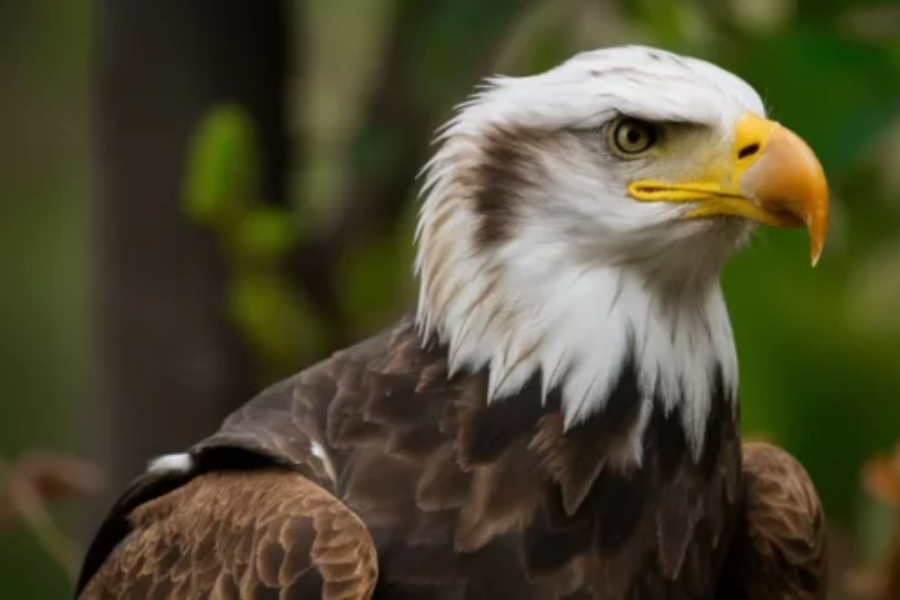The Hancock Bird: A Fascinating Avian Wonder
type of bird hancock is a name that evokes curiosity and admiration. This remarkable species stands out not only because of its distinctive features but also due to its unique lifestyle and behaviors. In this article, we’ll delve into the world of the Hancock Bird, exploring its habitat, physical characteristics, social structure, and more. Whether you’re a bird enthusiast or simply curious about this captivating creature, you’re in for a treat.
Habitat
The Hancock Bird is native to a specific region, which is crucial for understanding its way of life. This bird thrives in diverse environments ranging from dense forests to open savannas, depending on the species’ adaptations. Its habitat is a carefully balanced ecosystem that supports its dietary and social needs.
These birds prefer habitats that provide a mix of cover and open space. Dense foliage offers protection from predators and harsh weather conditions, while open areas are ideal for foraging and social interactions. In some regions, they are found in tropical rainforests, while in others, they inhabit temperate woodlands or even semi-arid areas.
Physical Features
One of the most striking aspects of the Hancock Bird is its physical appearance. These birds are known for their vibrant plumage, which can vary significantly between species. The colors and patterns are not just for show; they play crucial roles in communication and mating rituals.
Male Hancock Birds often exhibit more vibrant colors compared to females. This sexual dimorphism is common in many bird species and is primarily related to attracting mates. The bright feathers and intricate patterns help males stand out during courtship displays.
In addition to their colorful plumage, Hancock Birds are known for their distinctive calls and songs. Each species has a unique vocalization that serves various purposes, including marking territory and attracting a mate. These calls are a key part of their communication system and are vital for their social interactions.
Behavior
The Hancock Bird’s behavior is as captivating as its appearance. These birds are known for their intricate social structures and interactions. They often form complex flocks where each member plays a specific role.
Social hierarchies within Hancock Bird flocks can be quite elaborate. Dominant individuals often have preferred perches and are the first to access food resources. Subordinate birds, on the other hand, might have to wait their turn or use alternative feeding strategies to avoid conflicts.
In terms of foraging, Hancock Birds have developed specialized techniques to find food. Their diet varies based on their habitat and the availability of resources. Some species are primarily insectivorous, while others may consume fruits, seeds, or even small reptiles. Their foraging methods can include hopping through foliage, pecking at the ground, or even using tools in some cases.
Reproduction
Breeding behavior in Hancock Birds is an intricate process that showcases their unique mating rituals. During the breeding season, males perform elaborate courtship displays to attract females. These displays can include aerial acrobatics, singing, and presenting colorful plumage.
Once a pair has formed, they engage in cooperative nesting. The female typically builds the nest, which is often a well-constructed structure made from twigs, leaves, and other materials found in their environment. The male may assist by bringing materials or defending the nest site from intruders.
After the eggs are laid, both parents take turns incubating them. The care of the young is a joint effort, with both parents providing food and protection. This cooperative breeding system ensures that the offspring have a higher chance of survival.
Conservation Status
The conservation status of the Hancock Bird varies depending on the species and its habitat. Some species are relatively common and are not considered to be at risk, while others may face threats due to habitat loss, climate change, or other factors.
Efforts to conserve Hancock Birds often involve habitat protection and restoration projects. By preserving their natural environments and ensuring that they have access to the resources they need, conservationists aim to maintain healthy populations of these fascinating birds.
Interactions with Humans
Hancock Birds have had various interactions with humans throughout history. In some cultures, they are considered symbols of beauty or good fortune, while in others, they may be featured in folklore or art.
Birdwatchers and naturalists are particularly drawn to Hancock Birds because of their striking appearance and complex behaviors. Observing these birds in their natural habitat can be a rewarding experience, offering insights into their lives and the ecosystems they inhabit.
Interesting Facts
Here are a few intriguing facts about the Hancock Bird that might surprise you:
Diverse Diet: Depending on the species, Hancock Birds can have a highly varied diet, from insects to fruits and seeds.
Mimicry Skills: Some Hancock Birds are adept mimics, capable of imitating the calls of other species or even human sounds.
Long-Distance Migration: Certain species undertake impressive migratory journeys, traveling long distances between their breeding and wintering grounds.
Conclusion
The Hancock Bird is a true marvel of the avian world, with its distinctive features and complex behaviors. From its vibrant plumage to its intricate social structures, this bird is a testament to the diversity and wonder of nature. Whether you’re a bird lover or just starting to explore the world of ornithology, the Hancock Bird offers a fascinating glimpse into the beauty and complexity of avian life.
